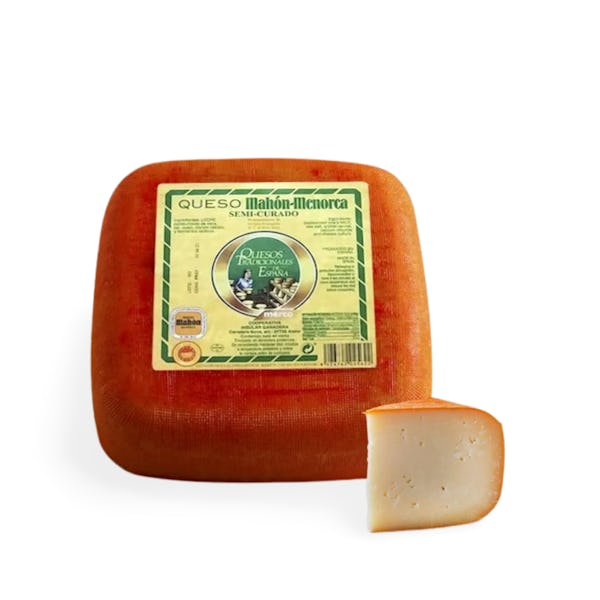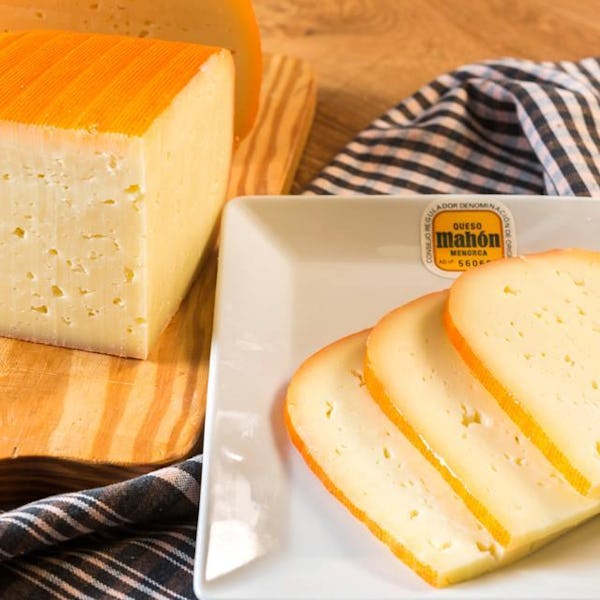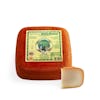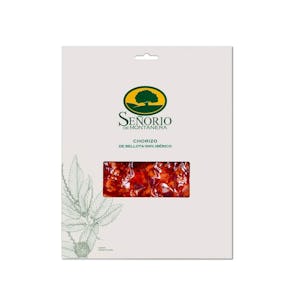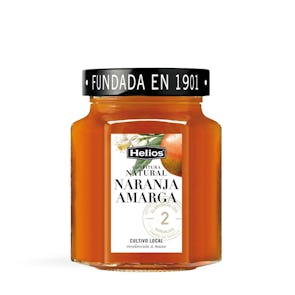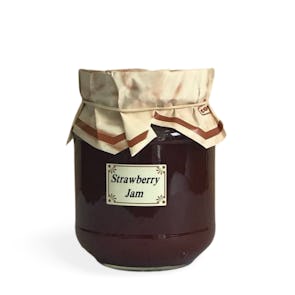Mahon Semi Hard Cows Milk Pasteurized
(Wednesday Sep 17 , 2025)
For other areas, please change your delivery area at the top left of the page
PAIRS PERFECTLY WITH
There’s no doubt about it - Mahon is one of the most famous cheeses from Spain (aside from Manchego, that is). What makes mahon so special is how versatile a cheese it is. There are different types of Mahon, which all hail from Menorca Island in Spain (the capital of the island is aptly named Mahon) and follows an ancient process in creating the cheese and its varieties. Artesano Mahon is made using raw cow’s milk and is usually aged between 2 and 3 months. This younger cheese actually produces a far superior flavor compared to the aged variety. Mahon Reserva is made with pasteurized milk and is aged longer than the Artesano Mahon. It is aged anywhere between 4 and 10 months (or longer in some cases). It is saltier, harder, and has a milder flavor.
During the aging process, the rind of the cheese is rubbed with butter or paprika and oil. According to locals, the traditional way to eat mahon is to slice the cheese, sprinkle it with black pepper and tarragon, and lightly drizzle extra virgin olive oil on top. It pairs very well with Rioja.
Storage Instructions
Cheeses (except brined ones in jars) should be stored in the crisper or the butter drawer of a refrigerator, not on the shelves themselves. This is to help regulate their temperature and humidity levels—and prevents the formation of mold. Once opened, they should not be kept in their original packaging. Soft cheeses with delicate rinds need to breathe, so they are best placed in glass containers lined with paper towels to absorb extra moisture. Leave the lid open a tiny bit for air to circulate and don’t forget to write up a label with the date you first opened the package. Kindly pay attention to the best before date label when you receive your cheese. Consume prior to date indicated.

